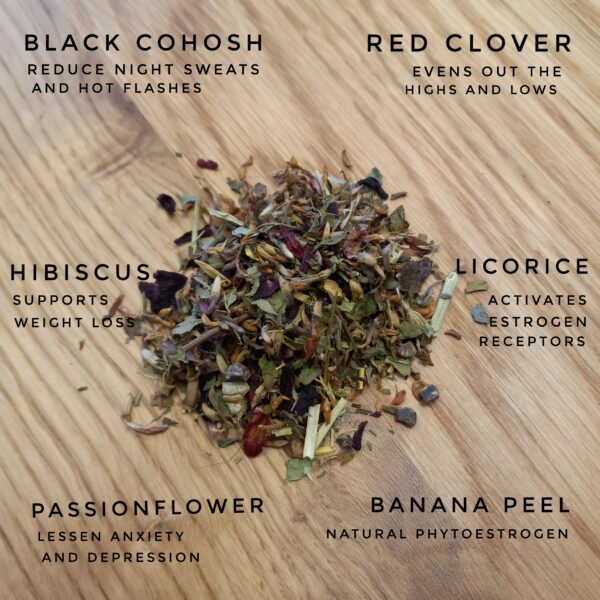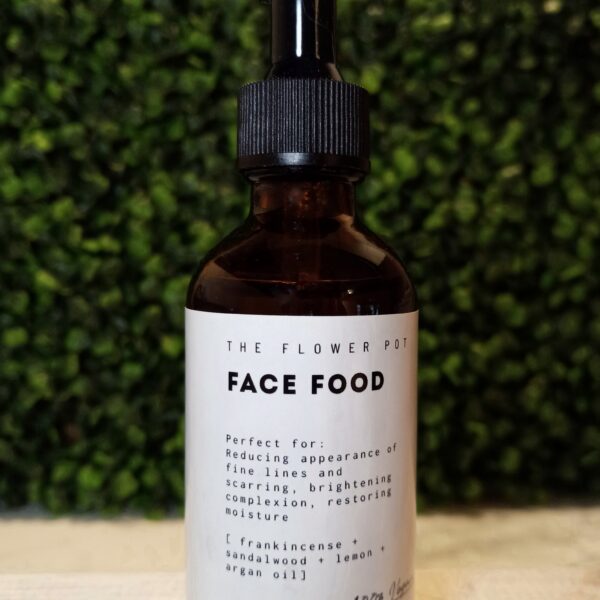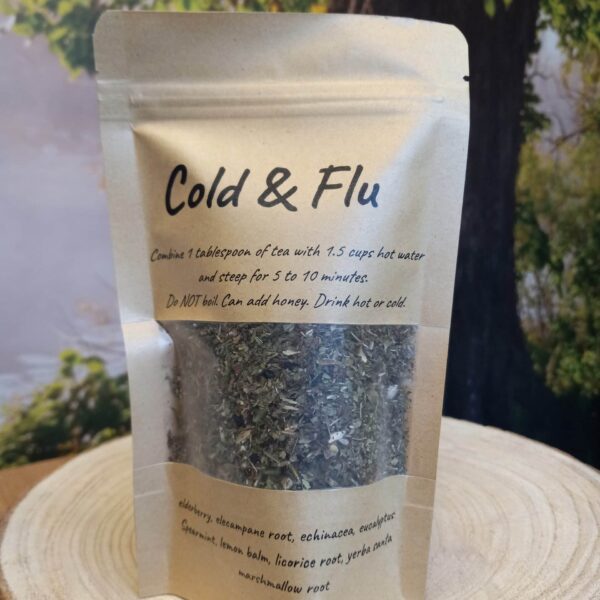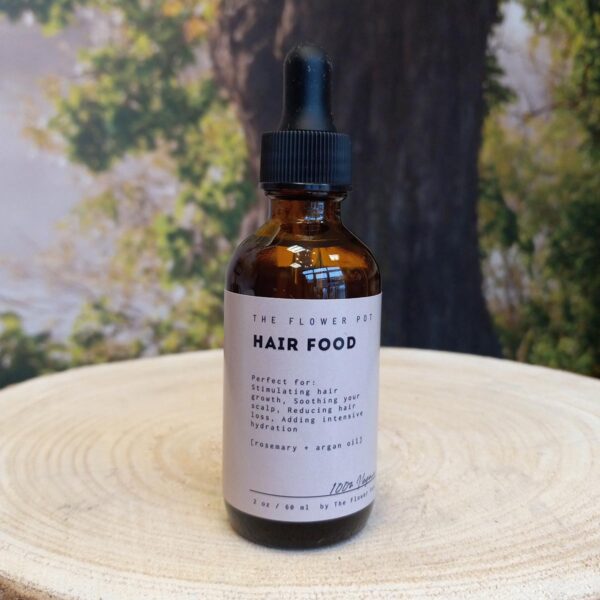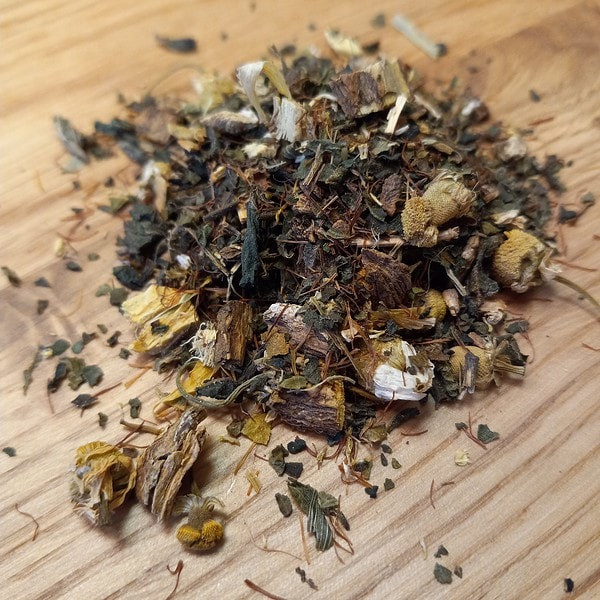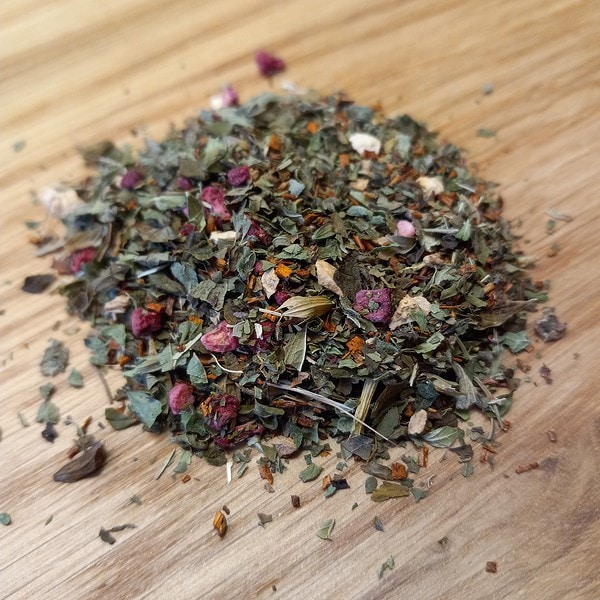A recent study published in the Regional Anesthesia & Pain Medicine Journal points to a possible link between gabapentin and a higher risk of dementia and mild cognitive impairment (MCI). This isn’t just about older adults; the study observed that for those aged 35 to 49, the risk of dementia more than doubled, and the risk of MCI more than tripled. A similar pattern was seen in 50- to 64-year-olds, while individuals aged 18 to 34 showed no heightened risk. This makes you pause and consider the implications, especially when this drug is being prescribed more and more.
It’s important to remember that not all pain is the same, or from the same cause. Understanding the root of the pain can guide us toward more appropriate and often natural solutions.
Given these concerns, it’s worth exploring natural alternatives, many of which I’ve seen offer significant benefits in my practice.
For Nerve Pain and Myelin Sheath Repair: Lion’s Mane Mushrooms
If nerve pain or restless leg syndrome stemming from damage to the nerve sheath is a concern, Lion’s Mane mushrooms (Hericium erinaceus) may offer relief over time. Research suggests that Lion’s Mane can stimulate nerve growth factor (NGF), which is vital for the health and regeneration of neurons, and plays a role in the formation of myelin, the protective covering around nerve cells. Oftentimes nerve pain is caused by the damage of the protective sheath, not damage to the nerve itself.
I had severe neuropathy in my feet and hands from chemotherapy treatment and I started taking Lion’s Mane capsules every day. After 6 months of consistent use, I started to see improvements and now my neuropathy is mostly gone.
For Chronic Pain Caused by Injury: Herbal Allies
For chronic pain due to injury, there are several powerful natural options that can offer relief.
- Willow Bark: Derived from several varieties of willow tree, willow bark contains salicin, a compound similar to aspirin, known for its pain and fever-reducing properties. It has been used for centuries for pain relief. A tincture containing Willow Bark can be found here.
- Kratom: Mitragyna speciosa, or Kratom, has been traditionally used in Southeast Asia for pain relief and to increase energy. Its active compounds, like mitragynine, interact with opioid receptors, which is why some find it helpful for pain.
- Cannabis: Cannabis, particularly its compounds like CBD and THC, has been a subject of increasing interest for chronic pain management. It interacts with the body’s endocannabinoid system to modulate pain signals.
As an herbalist focusing on chronic conditions and longevity, I always advocate for a holistic approach. While these natural alternatives show promise, it’s crucial to consult with a qualified healthcare professional or an experienced herbalist to determine the best and safest approach for your specific situation. Our goal is to support your body’s natural healing abilities and enhance your overall well-being.
Research Citations
A study by Kolotushkina et al. (2003) demonstrated that Lion’s Mane extract promoted the normal growth of nerve and glial cells and appeared to accelerate the myelination process in vitro. Other animal studies have also highlighted its ability to facilitate nerve growth and remyelination after brain injury. (Source: The effects of Lion’s Mane on the stimulation of myelination – French Mush, and Lion’s Mane Mushroom for Multiple Sclerosis – Blue Rose Pharmacy)1
A systematic review published in Phytomedicine (Uehleke B, Müller J, Stange R, Kelber O, Melzer J. Phytomedicine. 2013) found moderate evidence of effectiveness for ethanolic willow bark extract in low back pain. Another meta-analysis published in 2023 also indicated that people who used willow bark for arthritis experienced more symptom relief than those who took a placebo. (Source: Willow Bark: MedlinePlus Supplements, and Willow Bark: Nature’s Aspirin – Healthline).
A study published in the Journal of Psychiatric Research (Mun, Chung Jung, et al. Kratom (Mitragyna speciosa) use for self-management of pain: Insights from cross-sectional and ecological momentary assessment data. 2025) indicated that nearly half of kratom consumers met criteria for chronic pain, with many reporting substantial pain relief and high effectiveness in managing their pain. It is important to note that research on Kratom is still emerging, and there are known safety concerns and potential for addiction, as highlighted by the FDA and Mayo Clinic, particularly when used in high doses or with other substances. (Source: Kratom: A Cure for Chronic Pain or a Deadly Herb? – NursingCenter, Kratom: Unsafe and ineffective – Mayo Clinic).
A review published in Biomolecules (Gowthaman, R., et al. Cannabinoids in Chronic Pain Management: A Review of the History, Efficacy, Applications, and Risks. 2024) suggests that cannabinoids show moderate efficacy in managing neuropathic pain, fibromyalgia, and cancer-related pain. Other studies suggest that cannabis can be as effective as or even better than opioids in relieving chronic pain of multiple origins, with many patients reducing their use of opioid painkillers while using cannabis. (Source: Cannabinoids in Chronic Pain Management: A Review – MDPI, Medical Cannabis for Chronic Nonmalignant Pain Management – PMC).
Join Our Mailing List!
Sign up and be the first to know about specials, promotions and our latest articles on health and wellness.
Cara Schulz
Cara Schulz, a cancer survivor and green tea lover, has opened The Flower Pot, a holistic wellness shop in Burnsville that offers products ranging from medicinal teas and wellness tonics and herbal tinctures.




